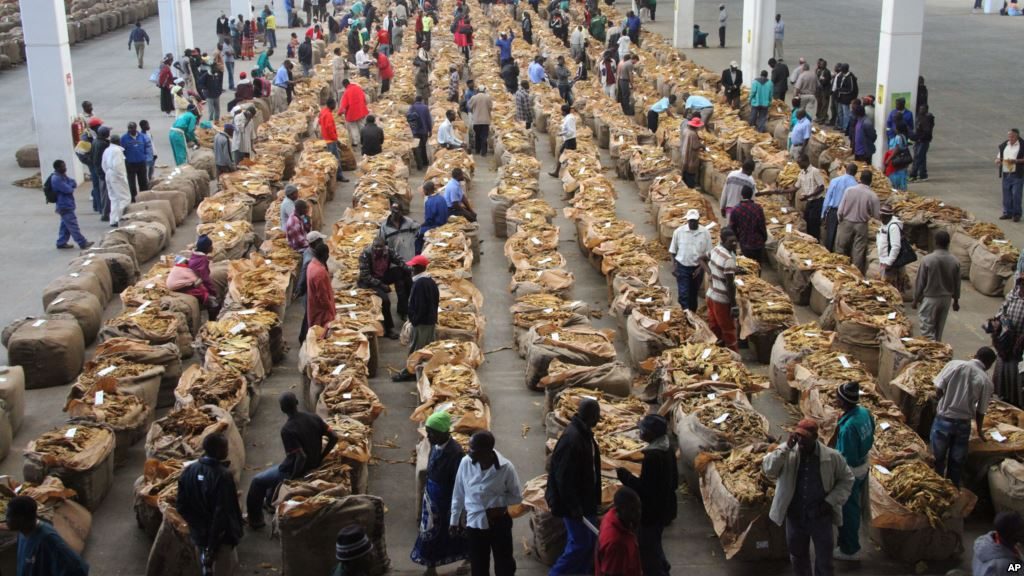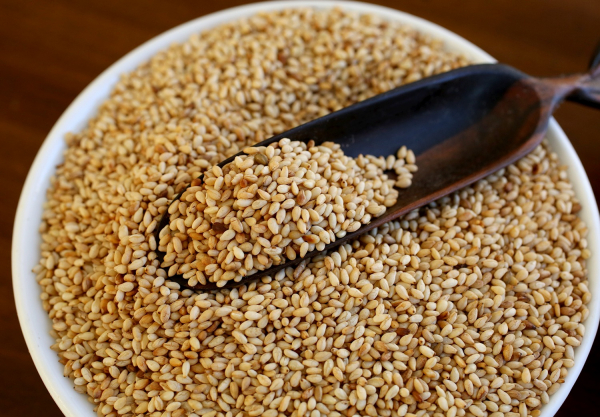CZI urges enhanced cotton value addition
The Confederation of Zimbabwe Industries (CZI) has emphasised the need to scale up value addition of cotton in Zimbabwe to achieve higher import substitution gains in the textile and clothing sector.
This move is expected to unlock numerous economic benefits and preserve jobs.
Zimbabwe has adopted import substitution as a key strategy to revitalise the local manufacturing sector, focusing on critical value chains such as cotton to clothing and textile.
Despite being one of Africa’s leading cotton producers, the majority of Zimbabwe’s cotton is exported in raw form. This has prompted calls to enhance value addition as a strategic pillar aligned with the National Development Strategy 1 (NDS1) goals for re-industrialisation.
According to CZI, cotton production in Zimbabwe has plummeted from 360 000 metric tonnes in 2011 to 13 000 metric tonnes in 2024, leading to a shortage for local industries and an increase in fabric imports.
In response, the Government, in collaboration with farmers and the private sector, is spearheading efforts to revamp cotton production through increased support for farmers and policy reforms.
“Despite a 750 000 metric tonnes ginning capacity, the sector operates at just 20 percent, with most cotton exported as lint while only 12 000 metric tonnes is processed locally, which becomes a missed opportunity for value addition and jobs,” said CZI in a latest update.
This comes as experts have raised concern over the subdued lint processing level for an economy that is geared towards greater value addition and beneficiation.
Following its recently held Cotton to Clothing value chain seminar, CZI has emphasised the need for the country to do more beyond exporting raw cotton.
“Each nod in the value chain presents numerous entrepreneurial opportunities as every player requires specialised supplies and services to succeed,” said the industry lobby group.
“Zimbabwe must move beyond exporting raw cotton to fully integrate value addition at every stage.”
The cotton value chain provides economic and livelihood synergies through vertical and horizontal linkages with the textile, apparel, yarn, fabric, oil processing, and stock feed among other industries.
From 2013 cotton production declined due to inadequate inputs and agronomic support, which has led to low yields.
In 2015, cotton hit the lowest production level of 28 000 tonnes leading the Government to intervene with the Presidential Input Scheme to boost production.
Production, however, rose to 142 000 tonnes in 2018 before tumbling to 70 00 tonnes in 2019 due to drought.
Last year, farmers delivered the lowest production of 13 000 tonnes, which was below the 42 000 tonnes that the Government had projected, attributable to the impact of the El Nino-induced drought
Notably, in 2021 the value of exports from Zimbabwe’s cotton to clothing value-chain industry grew by 132 percent earning the country US$102,2 million in export revenue.
The sector’s exports were mainly driven by cotton lint and yarn exports, which increased to US$85,7 million in 2021 from US$29,1 million the previous year.
Meanwhile, Lands, Agriculture, Fisheries, Water and Rural Development Permanent Secretary, Professor Obert Jiri, is on record saying this year the nation has a notable hectarage of cotton and expects a good harvest.-chroncile









